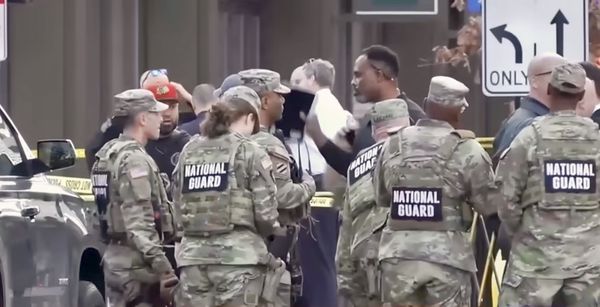
Those black-and-white stripes on your groceries, otherwise known as barcodes, might seem innocent enough. Yet, when they were introduced, this now common retail feature triggered suspicion and even doom-laden conspiracy theories, worthy of QAnon and 4Chan.
The story of the barcode begins as an innovation in retail, but for some members of the public, it was a symbol of control, surveillance, and apocalypse.
Improved efficiency or the “Mark of the Beast?”
On the surface, the barcode improved efficiency: checkout lines moved faster, inventory tracking became easier, and as a result, retail operations across the world scaled up.
The origins of the barcode actually date back to the late 1940s, when then graduate students Norman Joseph Woodland and Bernard Silver experimented with systems of automated product identification.
Inspired by Morse code, they sketched vertical lines in the sand as a prototype. Barcode’s patent was granted in 1952. Subsequently, at IBM, engineer George Joseph Laurer refined the design in the early 1970s into the familiar structure of the Universal Product Code (UPC) we know today.
But despite the ease of use, some consumers were uneasy. One of the earliest and most persistent claims was that the barcode was the so-called “mark of the beast” referenced in The Book of Revelation (13:16-18).
According to the literalist interpretation, no one can buy or sell without receiving a mark on their hand or forehead; conspiracy theorists saw barcodes as fulfilling that future scenario.
For example, in the 1982 evangelical book The New Money System 666, author Mary Stewart Relfe claimed that the three long “guard bars” in every UPC symbol represented three invisible sixes, or in other words, an encoded “666.”
These bars, she asserted, were a precursor to an all-encompassing system of retail control where individuals would need that “mark” to purchase goods. The theory found enough traction that some groups even refused to buy products with barcodes.
From Satanism to “mass surveillance”
Aside from the “666” angle, a second layer of concern emerged: mass surveillance. As barcodes became part of broader automated systems—digital payments, inventory databases, supply chains—some argued they symbolised “Big Brother” watching consumer behavior.
So why did a tool designed purely for commerce provoke such anxiety? One explanation is timing. The barcode emerged as supermarkets and global retail expanded in the 1970s, a period when digital systems and electronic tracking were new. To some consumers, the idea that every item—and by extension every purchase—was being logged felt like an instrusion into their privacy.
So, at the grocery checkout, a pack of gum or a cereal box wasn’t just a purchase; it became, in symbolic form, evidence of the “system.”
That system persists: today, barcodes are scanned billions of times globally each day, in vast supply-chain and retail operations. Yet, those early fears remain telling.
In recent years, even newer identifiers—such as QR codes, RFID tags, and smart-device payments—have taken their turn in conspiracy narratives, building on the template first applied to barcodes. The lesson: sometimes the most ordinary conveniences carry the weight of extraordinary anxiety.







